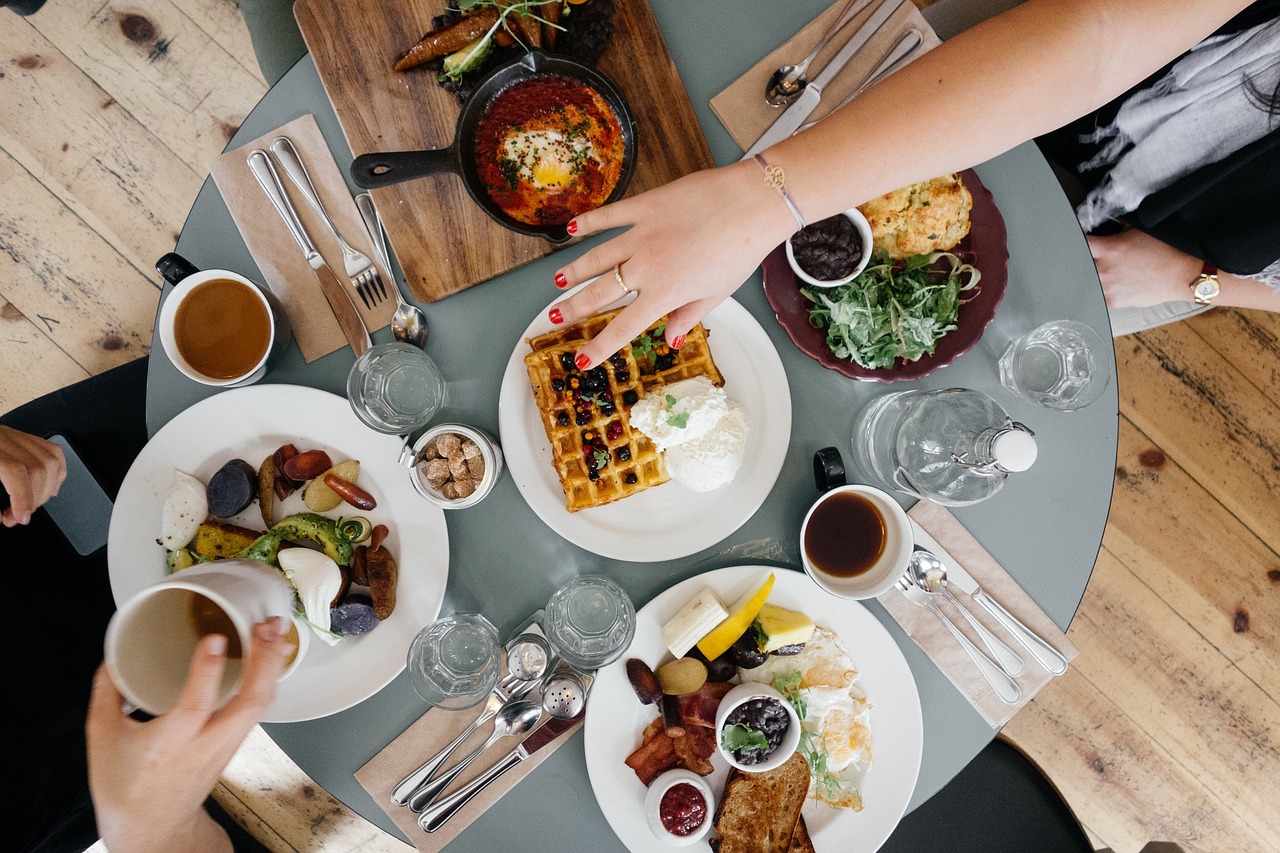
Calories in versus calories out. This simple relationship is the foundation of your body weight. Eat more calories than you burn and you will gain weight. Eat less calories than you burn and you will lose weight. Most people know this. But if the concept behind body weight so simple and so well known, why is is so darn hard to lose weight?!
I could probably write all week about all the different ways people struggle to lose weight despite knowing how to do it. I’m not going to though because I don’t see much value in doing so. Instead, I’m going to talk about the one thing everyone who wants to lose weight needs to do: log their food.
Food logging is the most fundamental way to lose weight. Some call it calorie counting but it’s really much more than that. You don’t just find out about your calories. You find out about nutrition, bad habits and most importantly how consistent you are with your efforts.
Keep in mind all diet and exercise methods revolve around calories. I don’t care if it’s Keto, fasting, Atkins, South Beach or Weight Watchers. They all aim to create a calorie deficit so why not go to the source of the problem and deal directly with calories?
Why it works
Studies show that food logging can double the amount of weight someone loses compared to those who don’t log their food. Accounting for food as you eat it gives you immediate feedback about that food. Immediate feedback is fundamental to human behavior. The faster the feedback can come, the better. Modern food logging apps like Lose It give you immediate feedback and then some!
Right away you can see how many calories something is. In addition Lose It will give you a macro-nutrient breakdown of that food. But the most important feedback Lose It gives is related to context. After each food is entered a user can see how it impacts their entire day. For instance that fudge brownie just eliminated one third of the daily calorie budget. A user sees that in real time and immediately knows that brownie was bad news bears!
As we all know, one thing never makes or breaks us. That’s another reason why food apps are so effective. If we see we had a high calorie meal or day we can adjust to bring down our average at the next meal. The opposite is true if we’ve been doing well. We can see if there’s room for that piece of pie for dessert without blowing up the calorie budget.
Misconceptions
At first everyone seems to balk, at least a little bit, at the idea of food logging. People will say “it’s too tedious”, “I’m already doing a lot of work for weight loss”, “I don’t have time”, etc. Food logging is not as much work as you might think. Apps like Lose It store previous food entries. Over time almost all the food you consume will be only a few taps away. Features like bar code scanning and food search further enhance a user’s experience and make logging a breeze.
Food logging doesn’t have to be permanent. Logging food for a month will give a person tons of insight on how they’re eating. That insight will influence future decisions and behavior. If you find your weight creeping up again then get back to food logging. People often think they’re “getting married” to food logging and won’t be able to stop until death do us part! Food logging is much more casual than that people 🙂
Start small
Finally, food logging doesn’t have to mean all of your food. Ideally someone logs everything they eat but you can still get results from other methods. There is what I call the Pyramid Method. In week one you log the first thing you consume in a day. In week two you log the first two things you consume and so on. Eventually you will get to a point where you’re logging all of your food. Just like building a pyramid you add one block at a time.
Another method is the List Method. This is where someone makes a blacklist and a whitelist of foods they eat. Blacklist foods are undesirables like: cookies, cake, ice cream, candy, etc. Whitelist foods are foods that you want to eat more of like: broccoli, carrots, oatmeal, quinoa, beans, etc. You might make a rule where you can only have one blacklist food in a day but must have 3 whitelist foods.
Yet another method is the Predetermined Method. Predetermined foods or beverages are selected for a day and then you must consume and log those before the day is over. For instance you might need to log 3 glasses of water, a banana and a serving of mixed vegetables before the day is over. You could even predetermine something that you must consume before a specific meal like dinner. So maybe you must log 12 ounces of a zero calorie beverage and a salad before you can eat your dinner.
Something is better than nothing
As you can see food logging doesn’t have to be this massive undertaking. Start small and gradually build. Establish the habit of food logging and then improve on it over time. It doesn’t have to be feast or famine to be effective. Start so small that it’s really easy for the habit to take root. Then over time build and build until you end up with a respectable food logging system.
Food logging is the holy grail of weight loss. Remember massive change DOES NOT require massive action. Start tomorrow by logging the first thing you eat and you’ll be losing weight before you know it!
If you enjoyed this article please subscribe to our free fitness & weight loss newsletter.










